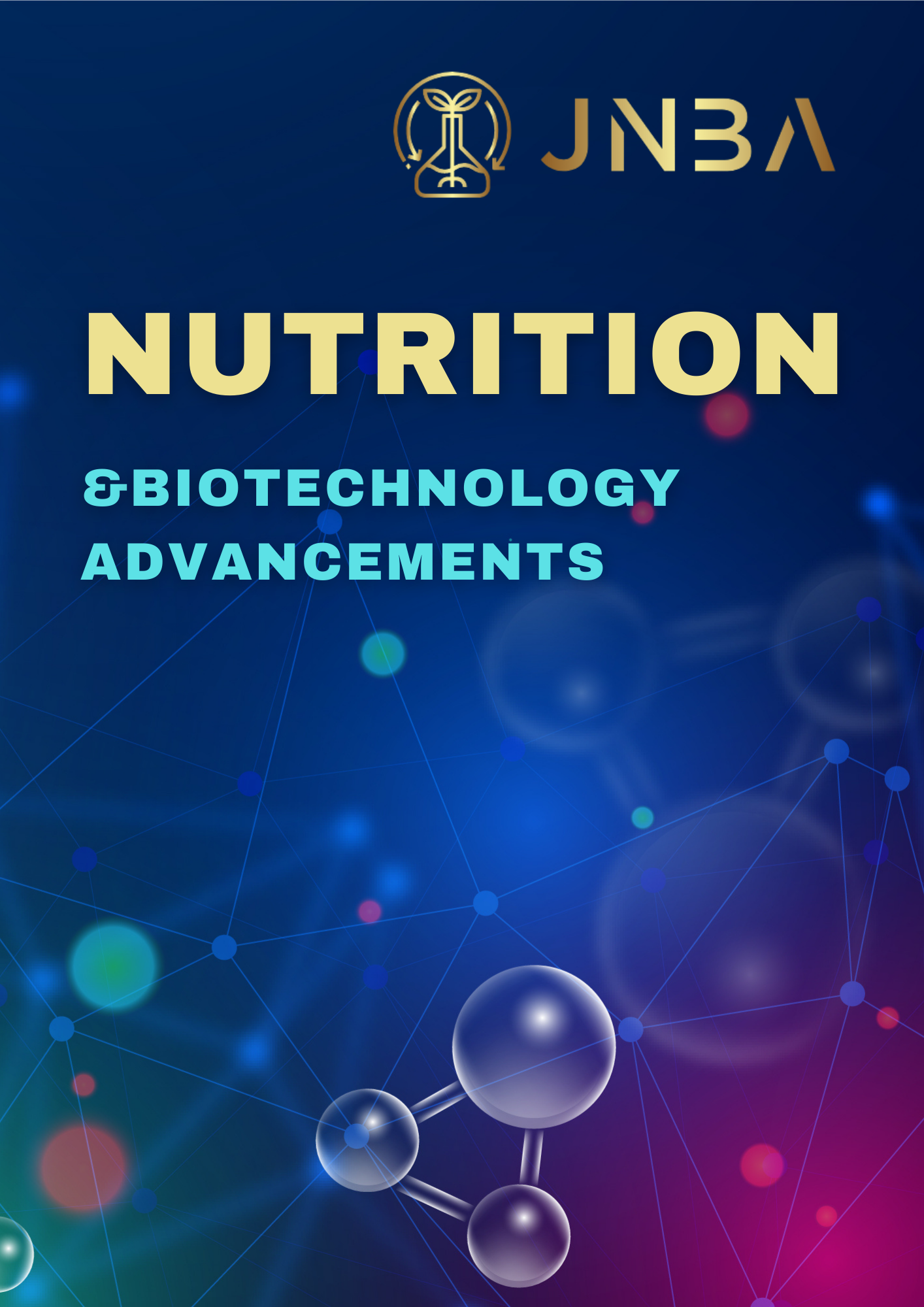
About the Journal
Statement and Scope
The international journal of « Nutrition and Biotechnology Advancements » publishes innovative research at the intersection of the life sciences, where integrative and emerging fields such biomimetisme of investigation form.
The JNBA is dedicated to the promotion of nutritional sciences research in the large field of functional foods, regenerative nutrition, epigenetics and biotechnology. The typical focus of the journal is to point out applications of nutritional health aspects and biotechnological implications, supplying case studies exhibition and realistic concepts of biotechnology including biomimetics, bioTriz natural innovation and statistical data analysis.
The JNBA deals with food and intervention research that sheds light on eating patterns and health association, assessing dietary methods intakes for human nutrition research, It also encompasses food microbiomes for health, metabolic basis for food ingredients with health benefits, molecular and metabolic approaches to functional foods and biochemical processes for food quality and food waste remediation. This includes food biotechnology innovations; microbial and medical biotechnologies, biosimilar biological drugs, applied molecular and cellular biology, tissue culture technology and biotechnologies such genetic engineering, biotransformation, bioseparation, biopharmaceutics, nanobiotechnology and bioelectronics. Are privileged excellent manuscripts of original works in all domains of nutrition, immune system, health and disease, functional foods and biotechnology.
The journal is peer reviewed and will publish twice a year (May and November).
Our esteemed editorial board comprises experts and thought leaders from various disciplines, ensuring the highest standards of academic rigor and integrity. All submissions undergo a rigorous peer-review process to ensure the quality and validity of published content. Authors are encouraged to submit complete, unpublished and original works that are not under review in any other journals. All submitted articles are subject to initial appraisal by the Editor, and if found suitable for further consideration, to peer review by independant anonymous expert referees. The expanded scope of JNBA encopasses a broad range of topics within the field of global nutritional sciences but is not limited to the following:
Nutrition, Physiology and metabolism: Biomimicry; functional Micronutrition; Dietary surveys and lifestyles; Nutritional diseases and inflammatory biomarkers; Nutrient biochemistry; Diet and epigenetics; Redox status; Oxidative stress and pathologies; Nutrition insecurity; Nutrition and hormonal profile; Sports Nutrition; Ramadhan and intermittent fasting; Nutrigenomics and precision nutrition; Adaptive functional nutrition.
Nutrients, nutraceuticals and immune system: Gut microbiota in chronic diseases; Nutrients and modulation of gut microbiota; Regenerative cells and nutrients impact; Tissues and nutrition; Nutrients, foods and gene expression; Epigenetic modulation of DNA methylation by nutrients; Nutrients modulation of cancer genetic risk; Nutrition and oncology; Cancer diseases; Autoimmune diseases; Immunity in health and disease; Regenerative nutrition; Aging, Immunosenescence; Allergology and immune system; Food and Agricultural immunology.
Biotechnology advances and biomimetics: Biotriz natural innovation; Food industry; biotechnology and environment; Biochemistry and biotechnologies; Valorization of by-products of agro-resources; Food chemistry; Formulation; molecular concept and application; Supplements in human health; Food biotechnology innovations; Microbial biotechnology, Medical biotechnologies; Biosimilar biological drugs.
Agriculture, bioresources and agro-materials: Organic farming; Biodynamics, Agricultural biotechnologies, BioTriz and green product design; Cellular agriculture, Agro-resources and biotechnologies; Food safety and toxicological risk; Food culture and society; Crops and food technology in agriculture and the food chain; Valorization of bioresources; Eco-innovation; Biomimicry, Bioresources and sustainable development; Comparison and validation of analytical methods for food products; Agriculture policy economics and environment; Biogeochemical aspect of soil environment.
Molecular modeling and reactivity : The molecular behavior in biological or chemical system; Biomaterials ; drug design ; emerging materials and spectroscopy.
Professional Ethics
Manuscripts submitted to JNBA must be original and will be peer reviewed. Submission implies that the manuscript has not been posted on the Internet and that significant portions have not been published, that the manuscript is not under consideration by another journal, and that the manuscript will not be released before publication. The publication of The Manuscript must be approved by all co-authors. Papers will be screened for similarity to previously published papers using Sofware Systems.



